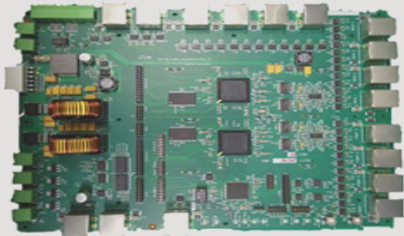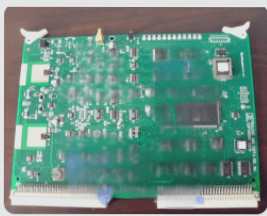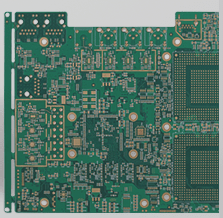Understanding PCB Immersion Gold Process
The immersion gold process is a widely used surface treatment method for circuit boards. While it can lead to higher production costs, it offers benefits like stable color, good brightness, smooth application, and excellent solderability. Here are some key points to consider when determining the need for immersion gold on PCB boards:
Primary Applications for Immersion Gold Circuit Boards
- Boards with gold fingers that require gold plating for enhanced performance.
- Boards with insufficient line width and pad spacing, where tin spraying may not be effective.
- Considerations between immersion gold and gold plating for improved solderability and performance.
By understanding these scenarios, you can identify when immersion gold circuit boards are necessary for your specific requirements.
Differences Between PCB Immersion Gold Process and Other Processes
Heat Dissipation
Gold pads offer excellent thermal conductivity, making them efficient for heat dissipation compared to OSP and silver boards.
Soldering Strength Comparison
Immersion gold boards exhibit better solder joint integrity and resistance to oxidation compared to OSP boards, ensuring reliable performance over multiple high-temperature cycles.

Electrical Measurability
Immersion gold boards allow for direct measurement, while OSP boards require pre-measurement due to their non-conductive surface film. Silver boards have moderate film stability but require specific conditions for accurate measurements.
Process Difficulty and Cost
Immersion gold boards are more complex to process and incur higher costs due to the use of gold. Silver fusion boards offer a less complex process with slightly lower costs, while OSP boards have the simplest process and lowest associated costs.
If you have any PCB manufacturing needs or inquiries, feel free to contact us.



